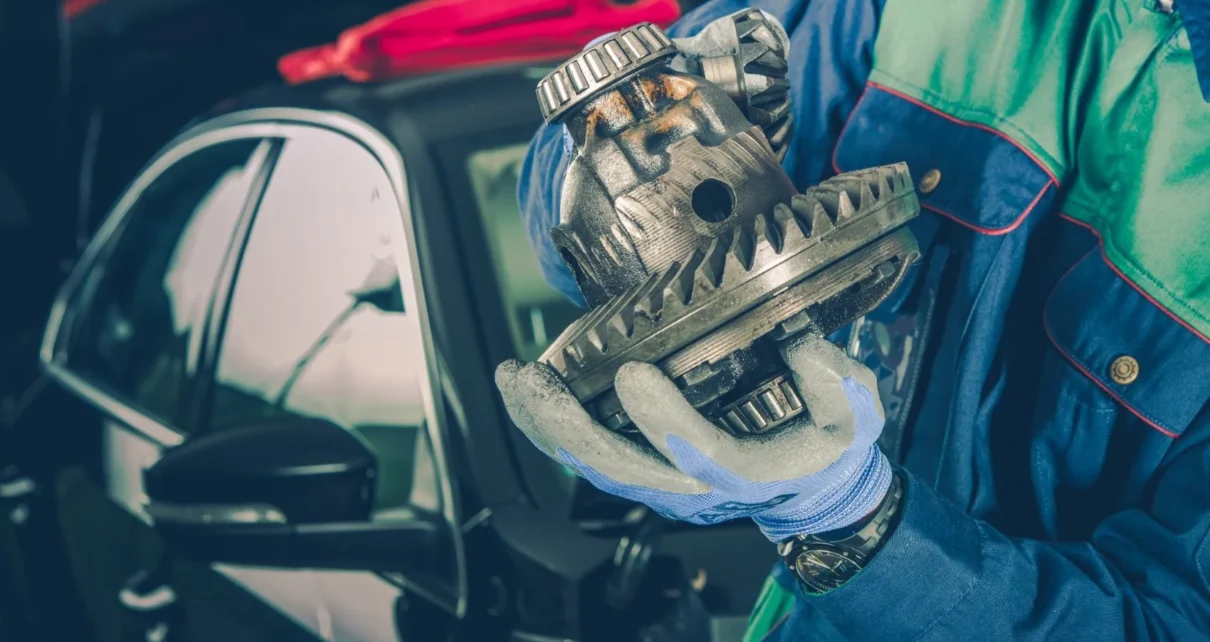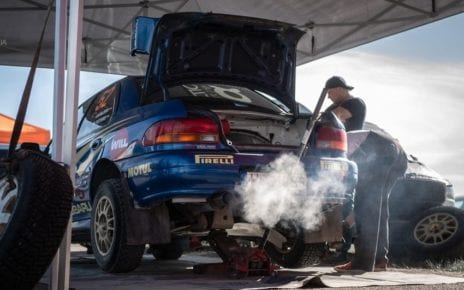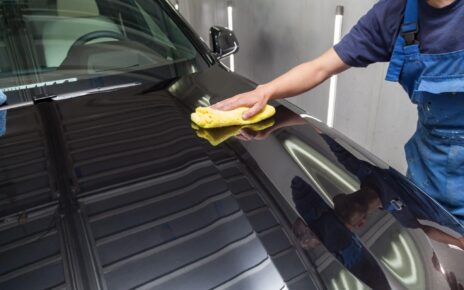Car restoration can be a tricky and difficult process, especially when it comes to sourcing OEM or factory parts. These parts are often no longer manufactured and can be expensive. Consider a few things to consider when using OEM or aftermarket parts in your restoration project.
This article explores these factors and provides an overview of the differences between OEM and aftermarket parts to help determine which is best for your needs.
What are OEM Parts?
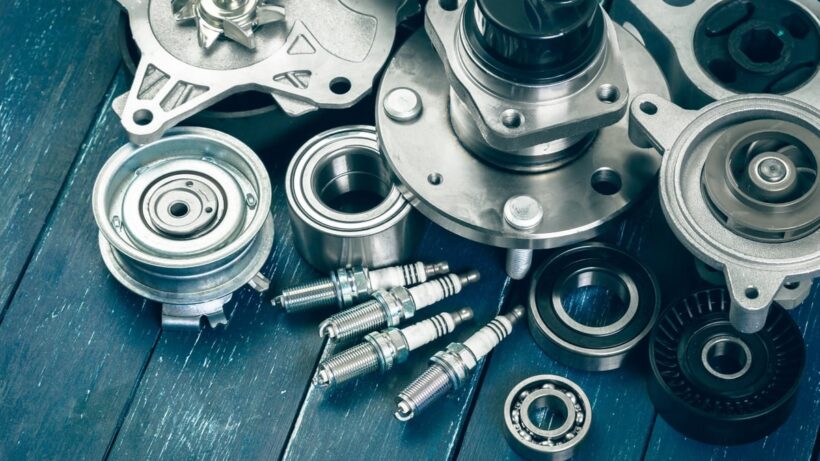
OEM parts are parts that the original manufacturer makes of the vehicle. In most cases, these parts will be identical to the parts used in the car when it was first manufactured. OEM parts are often considered to be higher quality than aftermarket parts, as they are made to the vehicle’s exact specifications.
What are Aftermarket Parts?
Aftermarket parts are parts made by companies other than the vehicle’s original manufacturer. These parts are made to fit various makes and models and are often less expensive than OEM parts. However, aftermarket parts may look different from and meet different quality standards than OEM parts.
How to Tell OEM Parts from Aftermarket
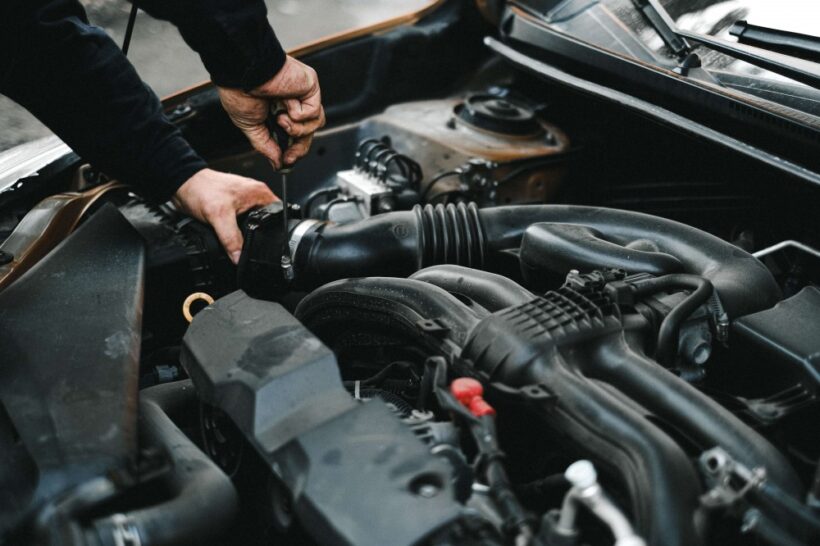
If you’re looking to upgrade or replace your car’s parts, it can be hard to tell the difference between OEM and aftermarket parts. So how do you tell them apart? There are a few ways to tell. The most obvious way is to look for the official manufacturer’s name or logo on the part. However, not all parts have this information printed on them.
Another way to tell is by checking the part number. OEM parts usually have a longer number than aftermarket parts. Or, you can take a look at the physical dimensions of the part. OEM parts will usually be smaller and fit more snugly into a given space than aftermarket parts. If this still doesn’t help you here are a few additional tips:
Look for quality materials. Aftermarket parts typically use cheaper, less durable materials than OEM parts. They may also have fewer features or lack significant features altogether.
Check the fit and finish. Aftermarket parts may not fit as well as OEM parts and may have poorer finishes.
Look for standardized designations. Many automakers use specific designations to identify their own products versus those produced by third-party suppliers. These designations can help you distinguish between aftermarket and OEM components.
Inspect the packaging and labeling. Aftermarket parts often come in generic packaging without manufacturer information or counterfeit labels that could lead you to mistake the part for an original product from a different brand
Should You Use OEM or Aftermarket Parts?
The decision of whether to use OEM or aftermarket parts in your car restoration project is a personal one. However, there are a few things to consider when deciding.
Cost of Parts

OEM parts are often more expensive than aftermarket parts. This is because they are made to the vehicle’s specific specifications and are often not mass-produced. Aftermarket parts are often designed to fit more than one car model, which makes them less expensive.
Availability of Parts
OEM parts can be difficult to find, especially for older or less popular models. People who restore cars will search through junk yards and eBay for these parts. Aftermarket parts are more readily available as they are mass-produced.
Quality of Parts
OEM parts are typically of higher quality than their aftermarket counterparts. This is because they are made to the specific specifications of the vehicle and often undergo more rigorous testing. Aftermarket parts are sometimes held to different standards and are not tested by the car manufacturer.
Fitment of Parts
OEM parts will always fit your car perfectly because they are made specifically for it. However, one common issue people run into with aftermarket parts is that they may not fit correctly. This can be a frustrating and time-consuming issue to deal with.
Insurance Coverage
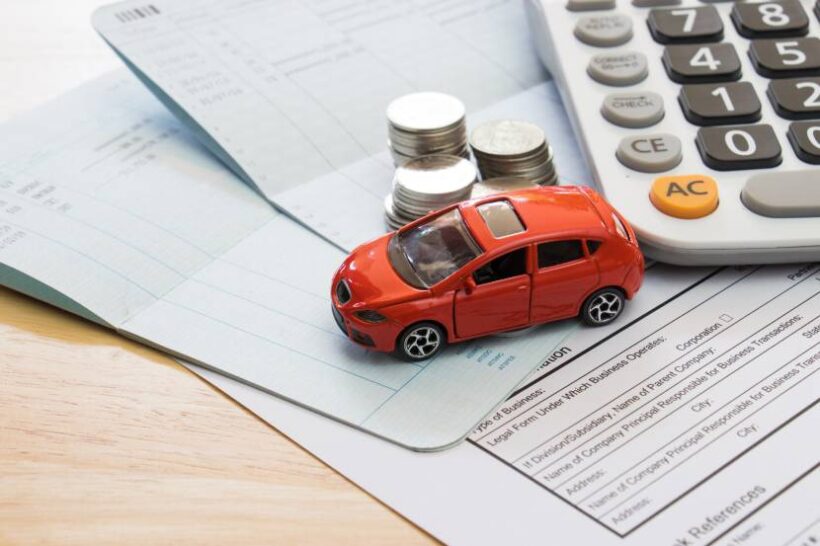
Another thing to consider is whether or not your insurance will cover the use of aftermarket parts. Most insurance companies like marketwatch.com will only cover damages if OEM parts are used. If you use aftermarket parts, you may be responsible for paying for any damages out of pocket.
It is important to be aware of what type of insurance your vehicle is legally required to have.
You may also want to consider adding liability insurance, which protects you financially if someone is injured or killed in a car accident that was your fault. This coverage can vary greatly in cost, so it is important to talk to an insurance agent about your specific needs.
Finally, make sure to get any recalls or safety updates installed on your vehicle before hitting the road. These updates can help protect you from potential accidents and could save your life.
Pros and Cons:
OEM Parts
Pros:
- Specifically designed to fit a specific car model.
- Cheaper than aftermarket parts.
- More reliable than aftermarket parts.
- Available and often easy to find online.
- Easily replaced if they fail, which reduces the risk of catastrophic damage to your car.
Cons:
- May not be compatible with other aftermarket parts, which can result in decreased performance or failure.
- They require special tools or installation instructions not available from other sources.
- May not be available in all colors or styles.
- They require additional maintenance or care than aftermarket parts do, potentially increasing your costs over time.
Aftermarket Parts

Pros:
- Wide variety of parts and accessories available.
- Parts are of high quality and fit perfectly.
- Excellent customer service when needed.
- Quick shipping times.
- Affordable prices.
Cons:
- Parts availability may be limited depending on the make and model of your car.
- Some parts may not be available in all colors or styles.
- Some parts may require modification before they will fit properly.
- Parts can be difficult to find if you need a specific part for a specific car model or year.
The Bottom Line: Which Is Better?
The decision of whether to use OEM or aftermarket parts in your car restoration project is a personal one. Consider the parts’ cost, availability, quality, and fitment when deciding.
If you are looking for the highest quality parts and perfect fitment, OEM parts are the way to go. However, aftermarket parts may be a better option if you are working with a tight budget.

